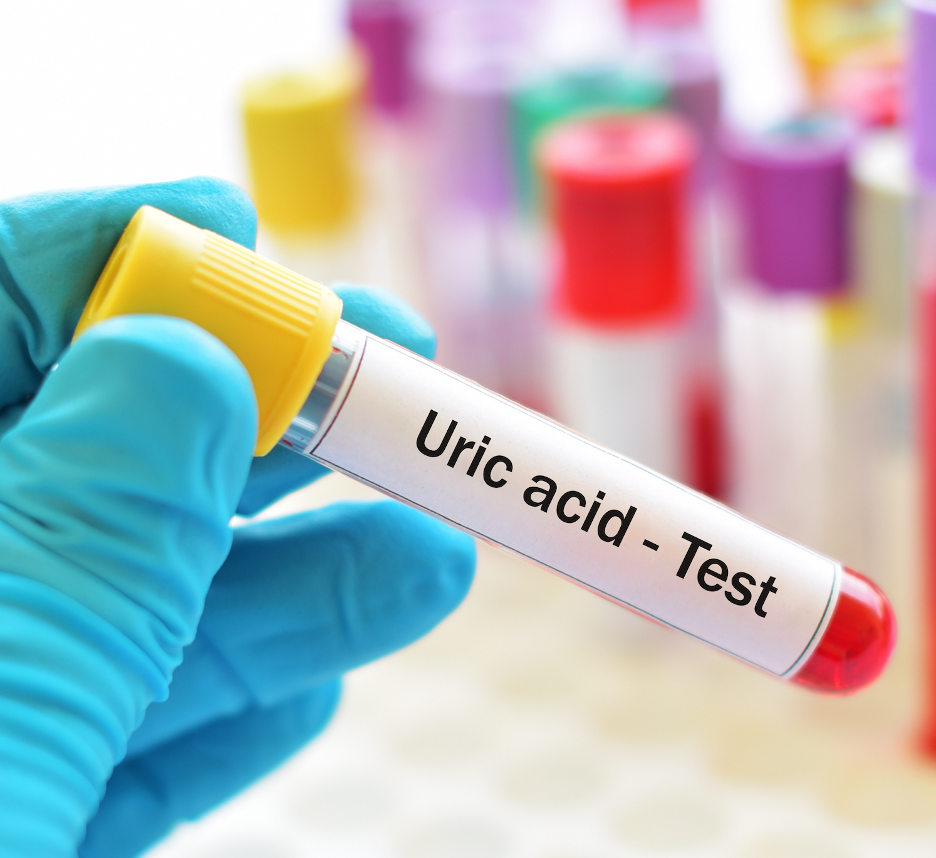Nanoparticles may be Viable Treatment Option for Gouty Arthritis
Compared with treatments like allopurinol, nanoparticles can improve the biocompatibility and bioavailability while reducing toxicity and side effects in patients with gout.
Nanoparticles effectively reduced uric acid levels in animal models, indicating that it may be a treatment option for patients with gouty arthritis, according to a study published in BMC Musculoskeletal Disorders.1 As results of the meta-analysis were promising, nanoparticles may someday be considered for inclusion in preclinical medications in the future and to further the development of nanomedicine.
Credit: Stock.Adobe.com

“In recent years, nanoparticles have been applied in malignant perivascular epithelioid cell tumor, hepatic fibrosis, inflammatory bowel diseases, ankylosing spondylitis, and other inflammatory diseases,” investigators wrote. “Gouty arthritis as an inflammatory arthritis may be alleviated by nanoparticles… Compared with allopurinol, nanoparticles can improve the biocompatibility and bioavailability of the substance and reduce the toxicity and side effects of substances.”
Eligible studies were identified via PubMed, Scopus, Embase, Web of Science, and the Cochrane Library. Studies were included if they were an animal experiment, had a successful gouty arthritis model, the intervention was a nanoparticle, the controls were treated with commonly used gout medications, outcomes included joint swelling degree and/or serum uric acid levels, and it was published in English. Quality was determined by SYRCLE’s risk of bias (RoB) tool.
Recent research showed that zinc oxide nanoparticles (ZnO-NPs) could inhibit the formation of uric acid and Puerariae lobatae Radix carbon dots (PLR-CDs) could reduce uric acid levels.2,3 Of 4407 studies initially identified, 10 studies were included in the analysis, all of which were published between 2019 and 2022.
Nanoparticles effectively reduced uric acid levels (weighted mean difference [WMD]: -4.91; 95% confidence interval [CI]: − 5.41 to − 4.41; P <0.001); however, they were not more effective than treatment with allopurinol (WMD: -0.20; 95% CI: − 0.42 to 0.02; P=0.099).
Most research included the swelling degree of joints and changes in the degree compared with the model group were presented in 13 trials in 5 studies. Five nanoparticles (Aurantii fructus immaturus
carbonisata-derived carbon dots [AFIC-CDs], copper oxide nanoparticles [CuO-NPs], nano Ginsenoside Rb1 [nano-GsRb1], PLR-CDs, and interleukin-1Ra bio-nanoparticles [IK-NPs]) were shown to significantly decrease the diameter of the ankles and relieve ankle swelling.
Blood biochemical tests reported significant reductions in the blood urea, uric acid concentrations, and creatinine. Reductions in cholesterol (TC), low-density lipoprotein (LDL), triglyceride (TG), and total bilirubin were observed. Nanoparticles were shown to be safer than allopurinol and did not damage kidney function, liver function, and lipid profile in animal models. Sources of heterogeneity, recognized through subgroup analyses, included nanoparticle encapsulated substance, animal quality, species, and gender, and nanoparticle dosage.
The small number of studies and small sample sizes limited the study. Further, as only studies written in English were included, results may not be comprehensive. While heterogeneity was high, it was expected due to the variety of species, gender, quantity, dosages, and specific nanoparticles. Additionally, Egger’s test indicated the possibility of publication bias. Future, high-quality, well-designed trials with larger sample sizes and a longer duration are needed to support these results.
“This systematic review and meta-analysis revealed that nanoparticles could effectively reduce the level of uric acid in animal models of gout,” investigators concluded. “Nanoparticles might become effective medications in the treatment of gouty arthritis because of its safety and efficacy, but the results are inconclusive.”
References
- Zhu R, Niu Y, Zhou W, et al. Effect of nanoparticles on gouty arthritis: a systematic review and meta-analysis. BMC Musculoskelet Disord. 2023;24(1):124. Published 2023 Feb 14. doi:10.1186/s12891-023-06186-3
- Kiyani MM, Butt MA, Rehman H, Ali H, Hussain SA, Obaid S, Arif Hussain M, Mahmood T, Bokhari SAI. Antioxidant and anti-gout effects of orally administered zinc oxide nanoparticles in gouty mice. J Trace Elem Med Biol. 2019;56:169–77.
- Wang X, Zhang Y, Zhang M, Kong H, Wang S, Cheng J, Qu H, Zhao Y. Novel carbon dots derived from puerariae lobatae radix and their anti-gout effects. Molecules. 2019;24(22):4152.